Thumb compasses
Developed for the sport of orienteering, thumb compasses have irregular, angled base plates and lack most of the directional and bearing markings found on a traditional compass. They cinch onto your thumb with a tab of elasticized webbing and stay there safe and secure as you run along. A quick-swinging, highly-sensitive needle points north with no hesitation when the compass is righted parallel with the horizon.
My favorite thumb compass is the Silva 6Jet, a model that comes in right- and left-hand versions. Its simple design includes a transparent base plate with an elastic thumb loop, a subtle scale ruler and a colorful dial.
At first glance, the Silva 6Jet's dial markings appear to be backwards, as the compass denotes east on the left side and west on the right side. But in use, it all makes sense. The tip of the compass beside your thumb works in tandem with the needle. Basically, whichever marking the needle is pointing to on the dial denotes the direction that the tip of the compass, and correspondingly your thumb, is pointing at in the wilderness. (The orange needle is at the same time always pointing north, so it can be used like a normal compass when needed.)
Unfortunately, the Silva 6Jet is a hard compass to get your hands on in the United States. Mine was a gift from a Swedish orienteering friend. But Brunton sells a nearly identical compass with its 6Spectra model ($89, www.brunton.com). The main difference is that Brunton does not include the north, south, east and west markings on the 6Spectra's dial. I'd recommend the employment of a permanent magic marker to correct that oversight.
The Suunto Arrow 1 Thumb, another model I've been testing this summer ($45, www.suuntousa.com), has a quick-dampening needle like the Brunton and Silva models. Its basic form and function as a thumb compass are the same as well, though there are a couple major differences.
Suunto does not include any markings on the dial. The needle points north and that's all this compass will tell you, which is fine for any experienced navigator. Some people would see the markings on the Silva 6Jet and Brunton 6Spectra as superfluous, in fact.
With no markings, the transparent compass provides an unencumbered view of cartographic detail when set on the surface of a map, save for a couple thin directional lines and a scale. The dial of the Arrow 1 Thumb spins for aligning the compass to a bearing on a map and following that degree in the backcountry.
Beyond orienteering, I've used thumb compasses for hiking, mountaineering and adventure racing. Indeed, I rarely bring a regular compass along anymore. Thumb compasses are simple and convenient, and for me they have become the tool of choice for fast, accurate wilderness navigation.




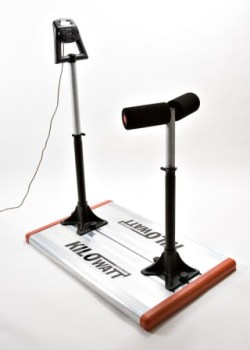
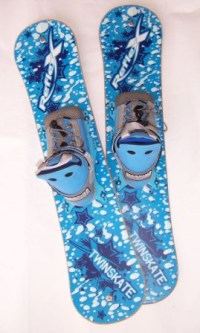
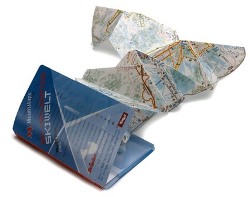
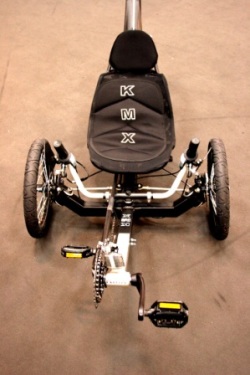
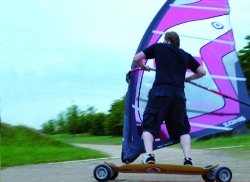
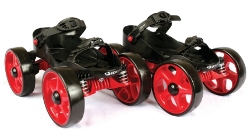
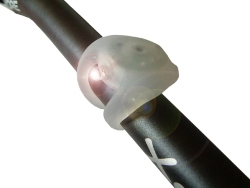

 Subscribe to Stephen's RSS Feed
Subscribe to Stephen's RSS Feed
 Subscribe to Stephen's RSS Feed
Subscribe to Stephen's RSS Feed